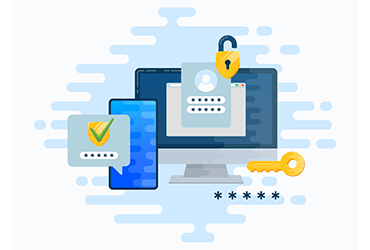
 Mar 24, 2022
Mar 24, 2022
Before smartphones, high-speed internet, and the pandemic first turned the world into digital accession, banks, financial institutions, and other businesses could confirm identities by personally comparing a face to a physical photo ID, and of course, verification couldn't be taken entirely at face value — no pun intended, no. Identity still needs to be validated by matching unique identifiers, such as name, date of birth, and address, against standalone credit head and utility data using a back-end system, so how does document verification work in a digitized world?
Document verification is the process of verifying the authenticity of a document, usually officially issued documents, such as a driver's license, bank statement, or other government document, are the most acceptable and verifiable documents, and the process certifies document features, such as stamps, watermarks, and fonts Furthermore, the PII data from the front of the identifier is matched with the same data extracted from the machine-readable region (MRZ) at the back of the document.
With the digital setup, applicants no longer need to be physically present to certify their documents or to match their face to a photo ID, using a photo-taking app on a smartphone, the applicant simply uploads a photo of their government-issued ID card and a photo.
The key to confirming the authenticity of physical documents and comparing face in the digital world is to rely on automation powered by machine learning and artificial intelligence, meaning that hundreds of document and selfie validations can be performed in seconds against a personalized look by a non-expert eye. Consumer Advanced Photo Capture learns how to capture high-quality identity documents and selfies by eliminating blurring, glare, and other issues, so a good user has a better chance of passing security checks on the first try.
Machine learning (ML) techniques rely on large data sets to gain high accuracy. The volume of training data is one of the main determinants of the predictive power of a model. Machine learning models rely on such data to train themselves and learn continuously, which maximizes performance.
Some of the validations that the Automated Document Verification System solution performs:
This automated, machine-learning-driven approach is more effective than manual review because it detects fraud and fraud more accurately and quickly, while also promoting automatic decision-making by reducing misinformation. In many countries, digital signatures are legally binding in the same way as traditional handwritten document signatures. Hand.
The digital setup toolkit verifies a user's identity in two simple steps, first, it takes ID card photo and extracts biometric and biographical data, and second, it takes and verifies a user's selfie with background negative checking, and within these steps, several mechanisms assess the document's credibility , this estimate can be used to validate the data on the identifier and to validate documents, documents, and data.